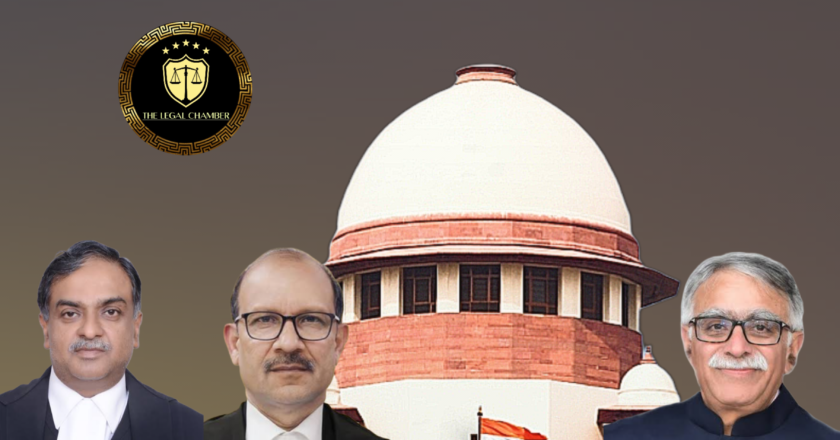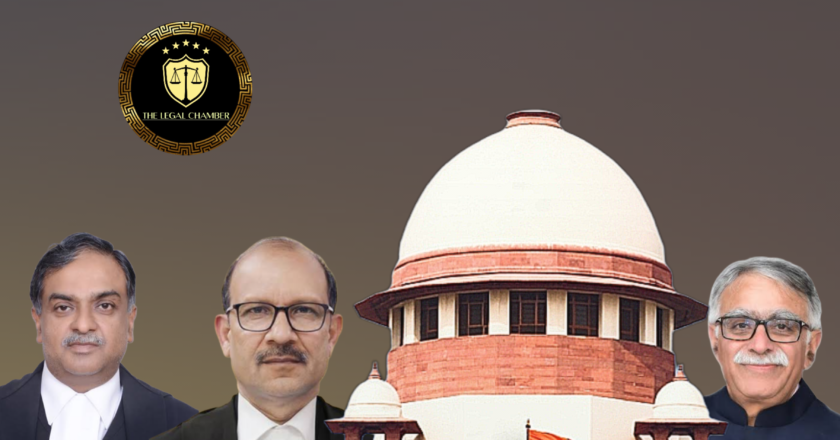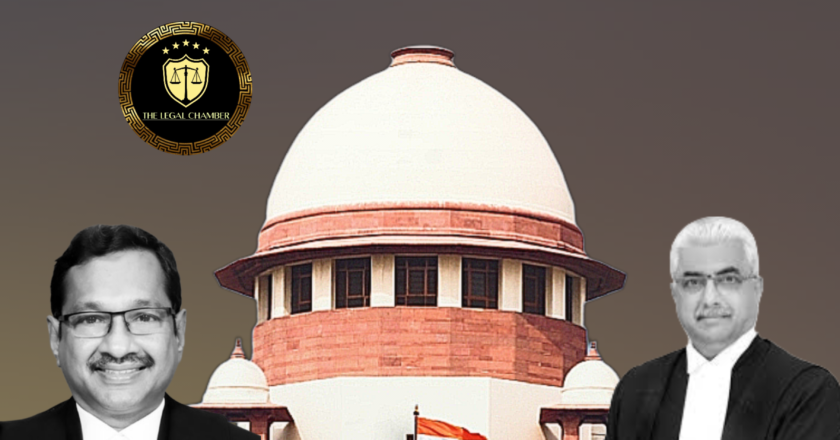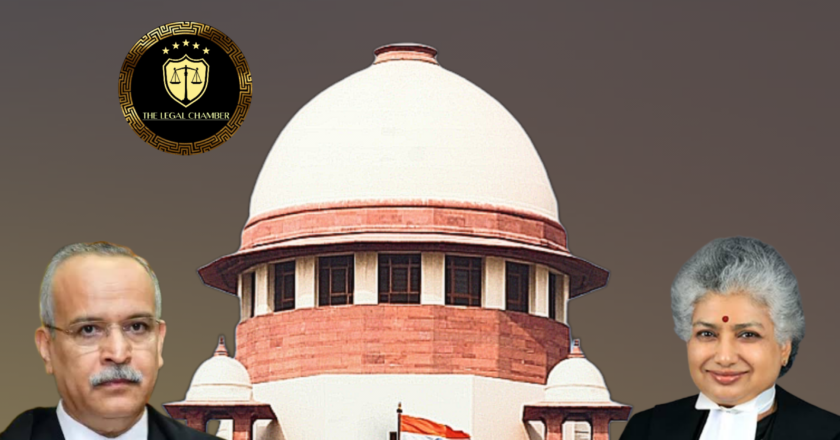DNA Evidence & Last Seen Theory : Supreme Court Commutes Death Penalty to Life in Child Rape-Murder Case
The Supreme Court upheld the conviction of the accused under Sections 376, 377, 302 IPC and Section 5/6 POCSO Act for the sexual assault and murder of a minor. However, it commuted the death penalty to life imprisonment, ruling that the case did not meet the "rarest of rare" standard due to insufficient consideration of mitigating circumstances and rehabilitation potential. The Court emphasized the necessity of balancing aggravating and mitigating factors before imposing capital punishment, following precedents like Mohd. Farooq Abdul Gafur and Gudda v. State of M.P., while affirming the reliability of DNA evidence and the last-seen theory in securing conviction.
Facts Of The Case:
The case involved the brutal sexual assault and murder of a 10-year-old girl in Dehradun, Uttarakhand. On 2...




